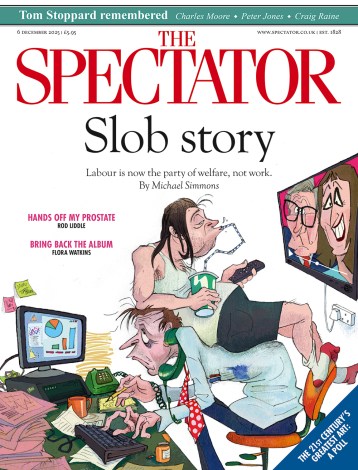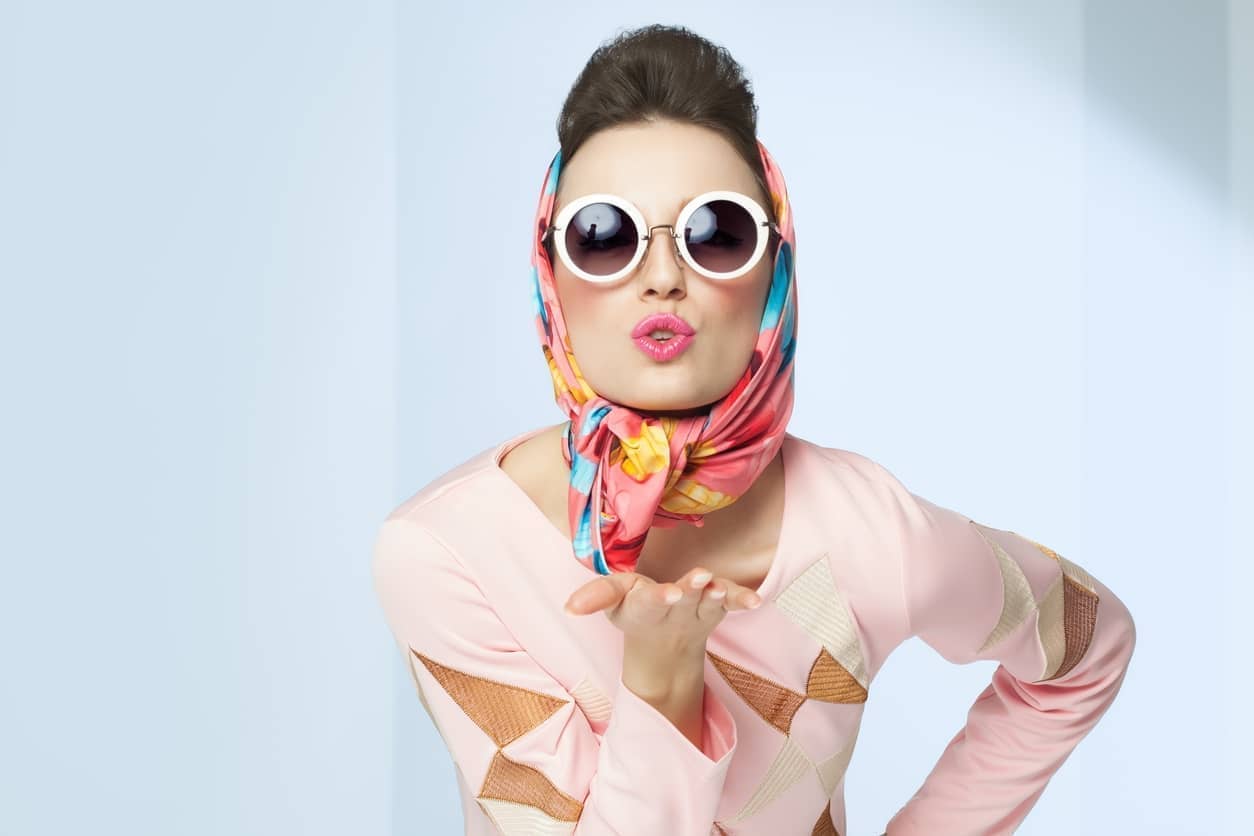The skirt I’ve worn most often recently is long, blue and as comfortable as it is flattering. ‘Why, thank you,’ I reply with a satisfied smile when I’m complimented on its delicate floral print and the way it swishes as I walk. ‘It’s Dorothy Perkins, 2011.’
I may not be able to distinguish Dolce & Gabbana from Dior or have set foot in a clothes shop fitting room since 2020, but when it comes to the newest form of fashion bragging, I excel. Nowadays, you see, it’s not the number on the price tag that counts, but the number of years you’ve owned the garment you’re wearing – and my wardrobe is stuffed with clothes that predate Megxit, Brexit, Instagram and half of Madonna’s children.
So why do I find myself an unlikely style guru? Well, because we’re in a cost-of-living crisis, obviously, with inflation and supply chain problems meaning womenswear is already 37 per cent more expensive than it was five years ago.
The impact on the environment increasingly also takes the lustre out of new purchases. According to the United Nations Environment Programme, the fashion industry accounts for up to 10 per cent of global carbon dioxide output – more than international flights and shipping combined – and is responsible for a fifth of the 300 million tons of plastic produced globally each year.
My wardrobe is stuffed with clothes that predate Megxit, Brexit, Instagram and half of Madonna’s children
In addition to feeling financially and ecologically virtuous, however, there are altogether less altruistic drivers behind this sartorial trend. Being able to wear clothes from a bygone era is often a signifier you haven’t succumbed to middle-aged spread – a way of showing that you’re still in touch with your youth. It is not only a massive ego boost, but the ultimate humblebrag.
Just ask Gwyneth Paltrow who, ahead of her 50th birthday last month, wrote on her Goop website that she’d dug out a designer frock at least a decade old, in a sentence masterfully constructed to make her sound effortlessly thin, preternaturally youthful and rich, yet resourceful: ‘I wore the shortest skirt I’d worn in ten years just the other day: it was this old Chanel dress I found in the basement, and it worked.’
The less flashy former Blue Peter presenter Konnie Huq, 46, revealed in 2020 that she hadn’t bought any new clothes in ten years because she had remained the same dress size, while actress and environmental activist Jane Fonda, who dressed in the gown she’d worn to the 2014 Cannes Film Festival to the Oscars in 2020, announced that year that she ‘would never buy another article of clothing’. The Princess of Wales, 40, is also never afraid to be seen in the same outfit twice, and repurposed an Alexander McQueen gown that she first wore to a Bafta event in Canada in 2011 for her appearance at the Earthshot Prize ten years later.
You could argue that celebrities are cheating by re-wearing designer garments that boast superior stitching and the sort of expensive cut that can withstand changing fashions. With no old couture gowns in my basement, I like to raise the stakes with high street staples that have been assaulted by baby vomit and thrown in a hot wash more times than Paltrow has had raw dinners.
And because most of my clothes cost no more than £100 (OK, £50) in the first place, every year I pull them on without them falling apart feels like an added accomplishment. That the embroidery on the leg of my Zara trousers (circa 2016) is coming unstuck only adds to their vintage appeal.
Some of my clothes are hard to date; others, such as the six-year-old Topshop camisole and Diesel jeans I bought from Selfridges in a post-Brexit referendum result daze, and the 14-year-old oversized French Connection shirt I wore on a date with my now husband, altogether easier.
Like my celebrity counterparts, I have largely remained the same weight since I was a teenager, although elasticated waists do offer insurance against excess chocolate (most notably in my 12-year-old Gap maternity skirt, one of my all-time favourite garments). I find keeping old clothes encourages discipline. My current most coveted item is not in a department store but on my wardrobe shelf: a 2014 pair of Topshop jeans that I’ll need to drop 5lb to be able to breathe comfortably in.
Clothes that even if I were to live on brown rice might compromise my decency get handed to my 11-year-old daughter, still four inches shorter than me. The 15-year-old short yellow French Connection dress I met her father in is one of her favourites, and the 18-year-old Topshop mini skirt I’d fall out of London bars in throughout my twenties better suited to her shorter frame.
Am I a hoarder? I don’t think so, although I do feel an emotional attachment to items that remind me of key stages of my life. And I’ve found that, for all the understandable furore surrounding cheaply manufactured clothes, most are a lot more robust than we give them credit for. As my dad, still wearing Marks and Spencer shirts from the 2000s, put it: ‘Things just don’t tend to wear out, do they?’
Nor am I necessarily as unfashionable as I might sound. A quick look at this autumn’s key trends reveals I have most of them covered, from floor-skimming hemlines, courtesy of my Dorothy Perkins skirt, to brightly coloured ‘dopamine dressing’, which my eight-year-old pink silk Banana Republic blouse could have been made for. The minimalism of the 1990s, I’ve read, is also back – although the 24-year-old boob tube I lived in at university is staying firmly in my drawer. I have to draw a line somewhere.







Comments